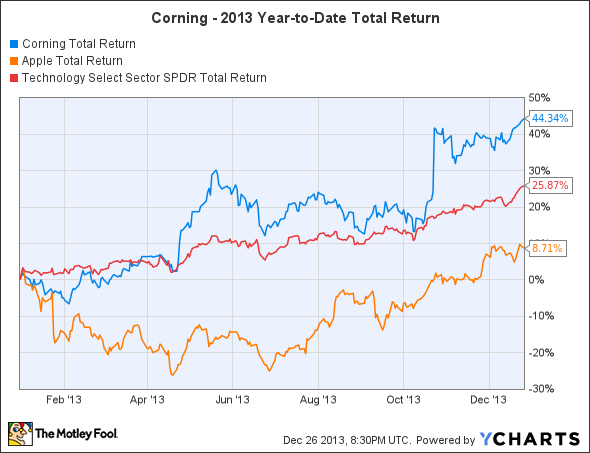Filed under: Investing
After large gains following successful IPOs, it is common for a company to do a follow-on offering, allowing for pre-IPO shareholders to cash out. Recent history in hot Internet follow-on offerings have signaled a top in the stock, at least temporarily.
While most would debate if the IPO was really successful, currently hot Facebook announced plans to sell 70 million shares by the company and its shareholders. The leading social media firm follows other hot social media stocks, including LinkedIn and Yelp that had similar offerings. Those stocks have underperformed the markets in the months following the related offerings.
Facebook offering details
On Dec. 20, Facebook priced 70 million shares, with the company selling 27 million shares. The total proceeds to Facebook are nearly $1.5 billion.
Considering the normal trend is to boost a balance sheet with limited cash, this Facebook offering makes no sense. The company already had over $9 billion in cash, with this offering pushing the total to nearly $11 billion. Are shareholders getting any benefit by diluting shares at all-time highs?
The interesting part of the offering is that CEO Mark Zuckerberg is unloading 41,350,000 shares. The press release suggests that the shares are being sold to satisfy the exercise of outstanding stock options to purchase 60 million shares. The public float will have another 41 million shares. Facebook's previous offerings didn't have executives selling massive amounts of shares.
Other offerings killed those stocks
Both LinkedIn and Yelp had similar offerings that killed their momentum. At least in those cases, neither company had cash balances like Facebook, but nonetheless, the stocks dropped even while the market continued to gain.
On Sept. 3, LinkedIn offered to sell over 6 million shares in a follow-on offering to increase financial flexibility and strengthen its balance sheet. The offering was eventually priced at $223, providing the company with $1.2 billion in proceeds. The stock traded at $246 prior to the offering being announced, and even surged to all-time highs of $257 in the following days. Since the offering closed, shares have plunged to lows below $210 and the stock still trades below $220 months later.
On Oct. 29, Yelp offered to sell $250 million of shares, and underwriters granted an option to purchase another $37.5 million of shares. The company priced the shares at $67, for an aggregate of 4,875,000 shares. Ironically, the stock hit nearly $75 roughly 10 trading days prior to the announcement. Yelp later plunged below $60 after the pricing, while the Nasdaq gained during the same period.
Following very large gains in 2013, both LinkedIn and Yelp struggled after their follow-on offerings. Considering the additional details involving the CEO dumping a substantial amount of shares, the Facebook offering would appear even more harmful than the other two.
Common valuation theme
A main theme with all three Internet stocks are valuations that most investors would consider expensive. In fact, all three stocks had valuations of roughly 20 times trailing 12-month revenues. The group is mostly profitable, but many investors would consider all of the stocks expensive on an earnings basis.
Bottom line
The stocks of hot Internet companies have failed to perform well after recent follow-on offerings. All three were trading near all-time highs, with valuation multiples that would make anything but momentum traders run for cover. With Facebook most resembling the LinkedIn scenario that led to a 15% decline, investors have been warned. Facebook faces the additional pressure of having the CEO sell substantial shares, even if it was only to pay taxes.
At best, the situation could provide long-term investors the opportunity to buy at lower prices in the future. At worst, it could signal the top in social media stocks that have all failed to reach new highs following secondary offerings. Investors should be concerned when the CEO or the company is selling stock at all-time highs.
Beat the market like never before
They said it couldn't be done. But David Gardner has proved them wrong time, and time, and time again with stock returns like 926%, 2,239%, and 4,371%. In fact, just recently one of his favorite stocks became a 100-bagger. And he's ready to do it again. You can uncover his scientific approach to crushing the market and his carefully chosen 6 picks for ultimate growth instantly, because he's making this premium report free for you today. Click here now for access.
The article 1 Follow-On Offering to Dump originally appeared on Fool.com.
Mark Holder and Stone Fox Capital clients have a short position in Facebook. The Motley Fool recommends Facebook, LinkedIn, and Yelp. The Motley Fool owns shares of Facebook and LinkedIn. Try any of our Foolish newsletter services free for 30 days. We Fools may not all hold the same opinions, but we all believe that considering a diverse range of insights makes us better investors. The Motley Fool has a disclosure policy.Copyright © 1995 - 2013 The Motley Fool, LLC. All rights reserved. The Motley Fool has a disclosure policy.
Read | Permalink | Email this | Linking Blogs | Comments




















